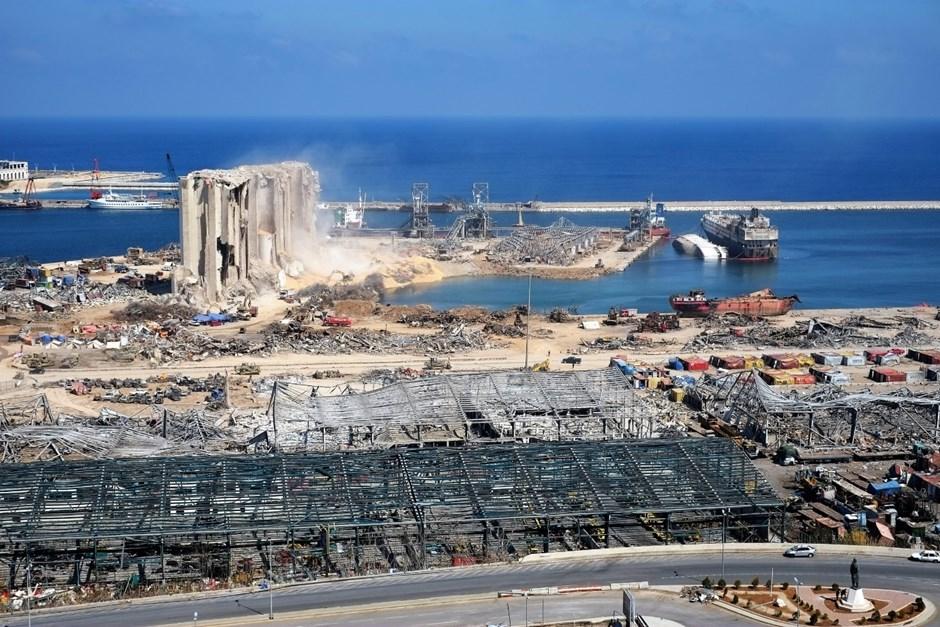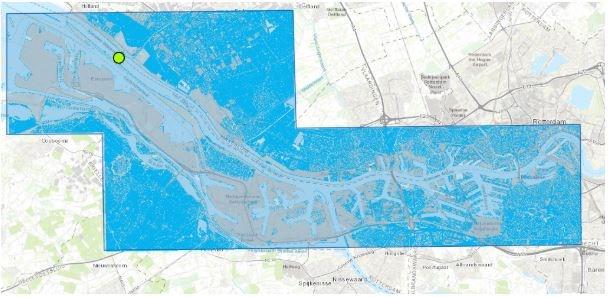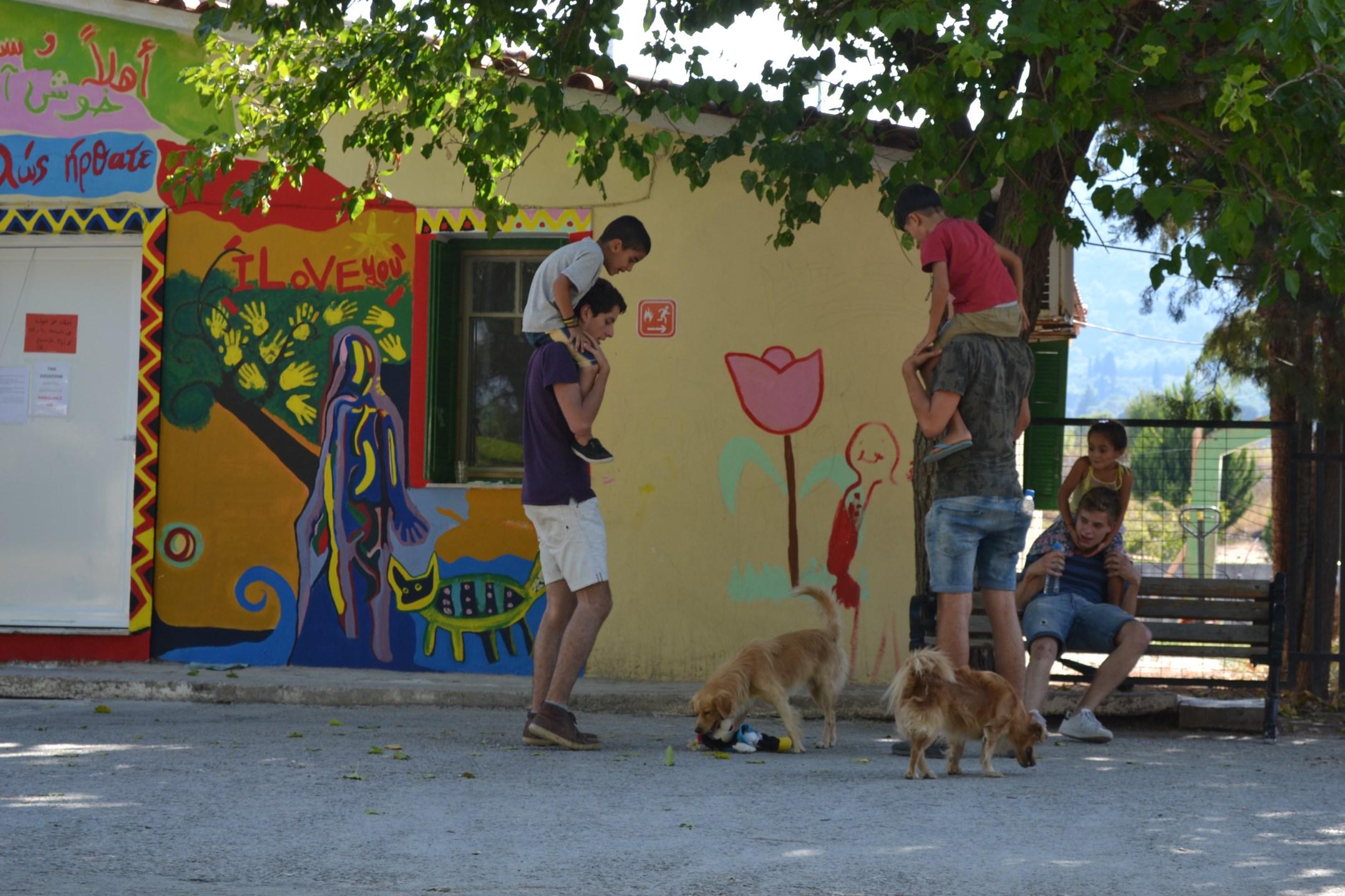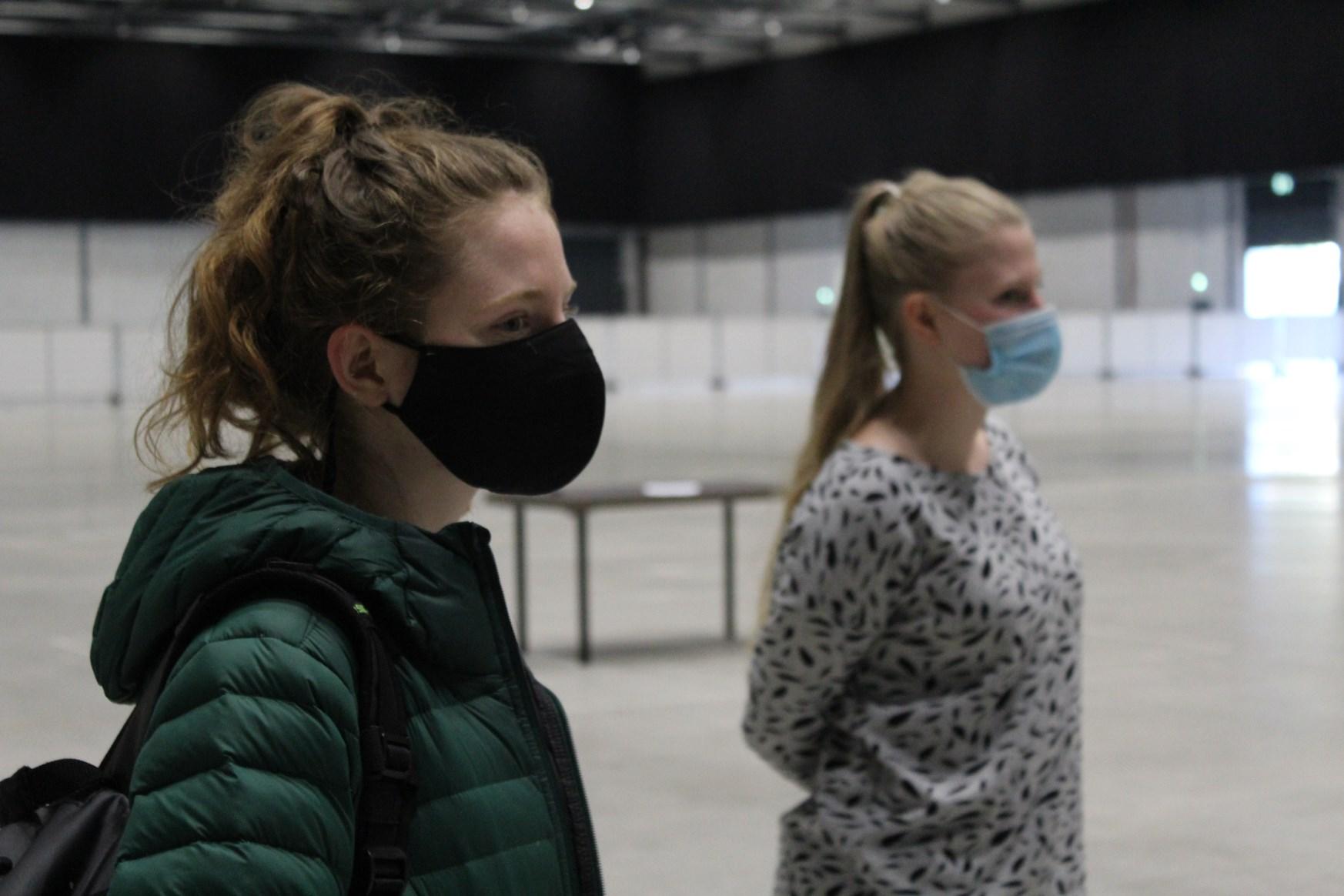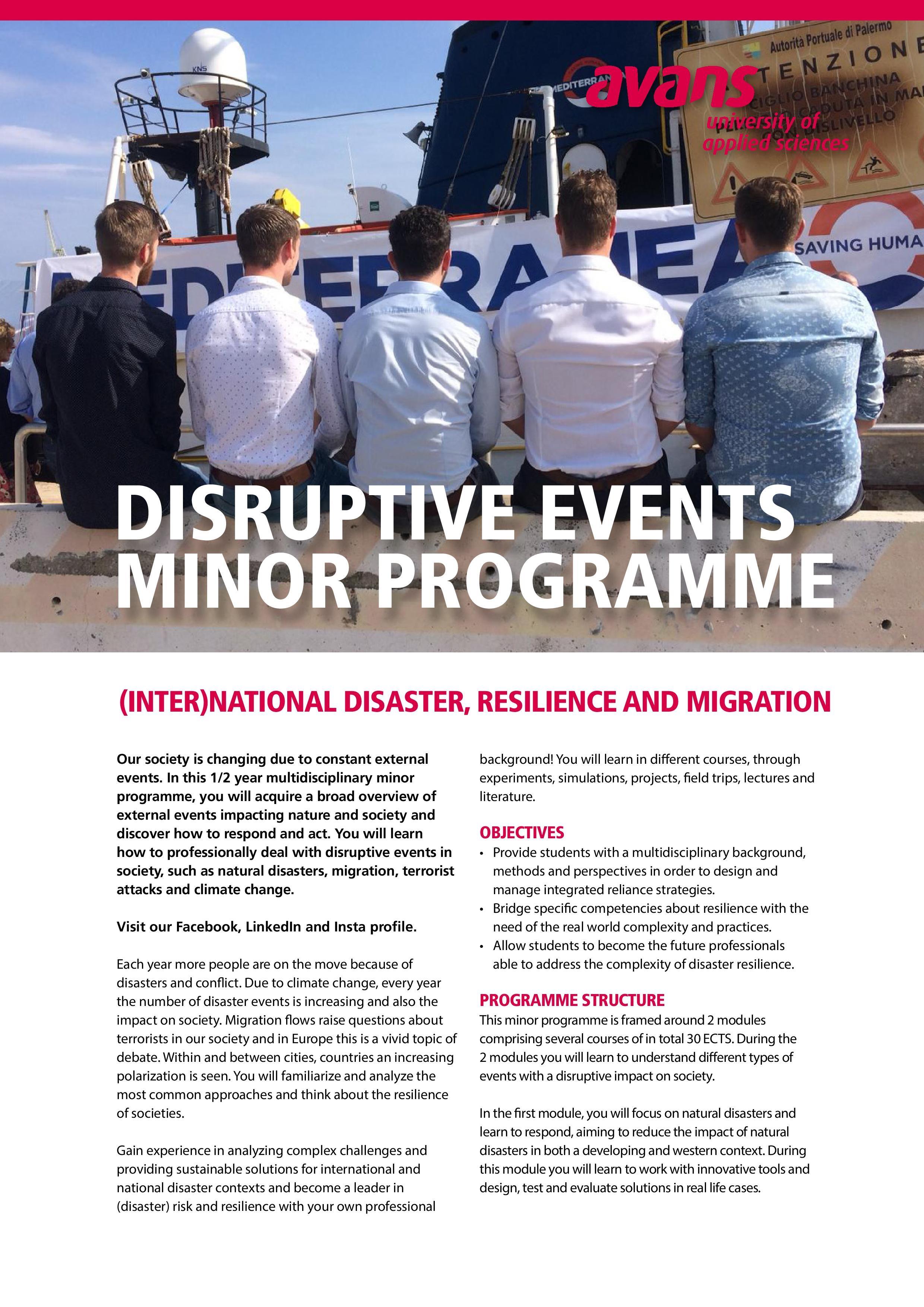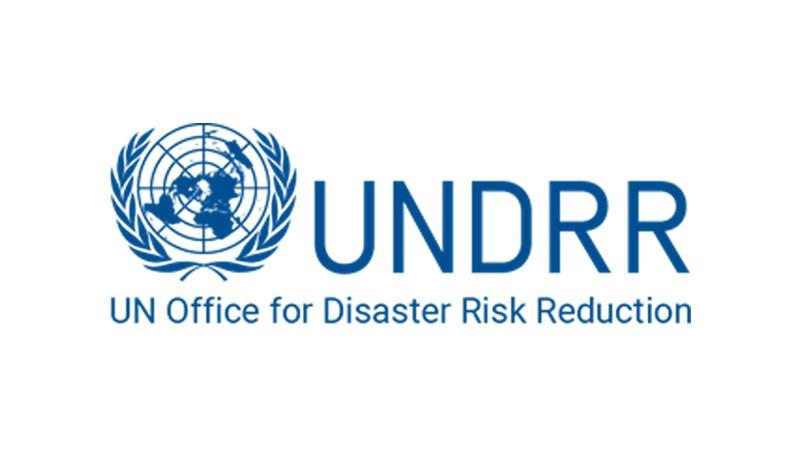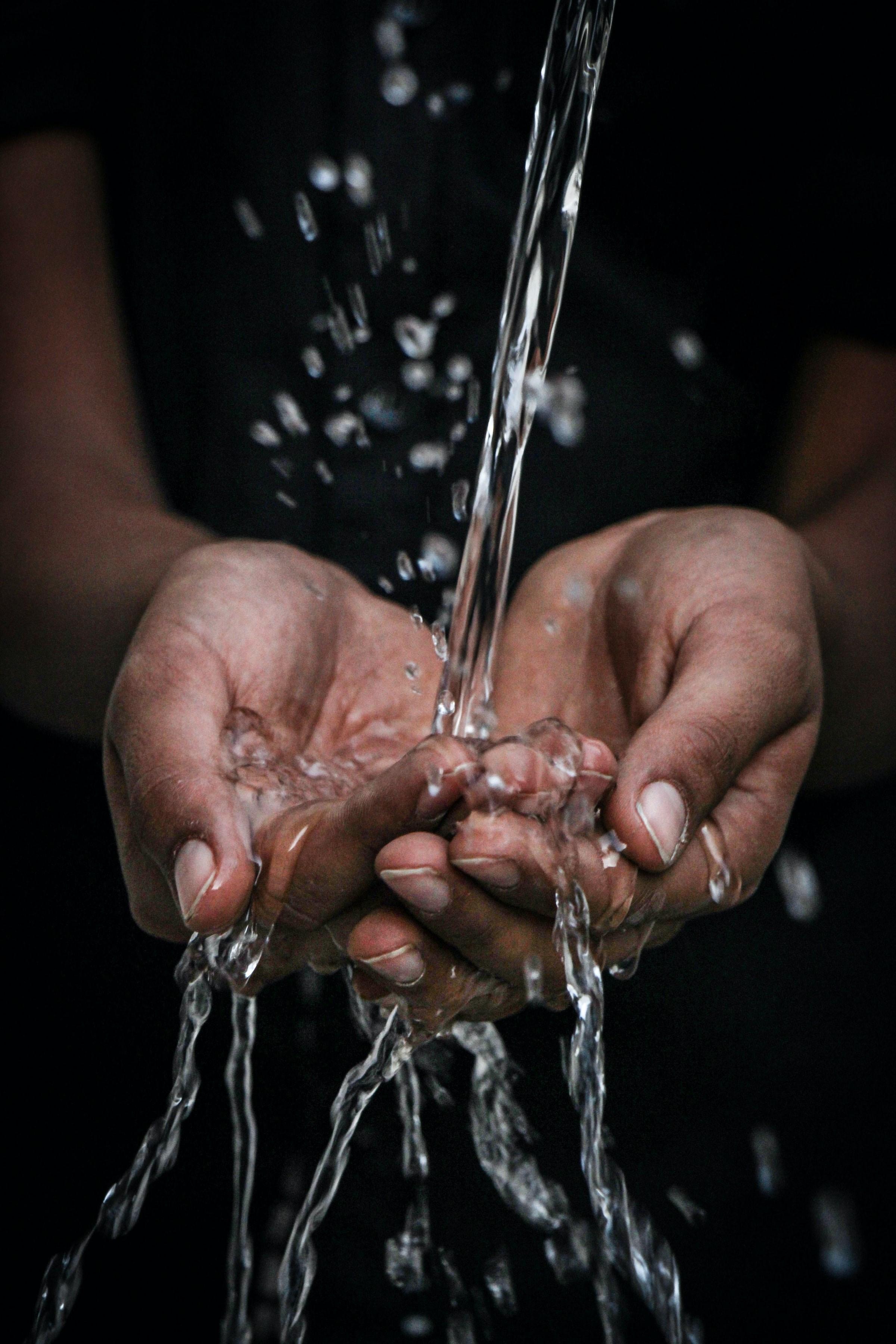
2 minute read
Seaweed beach
A s e a w e e d b e a c h
Annually, the Caribbean is covered in sargassum. This is a natural process in which the algae blooms and reproduces. This event has taken place since 2011. Since 2015, the bloom is increased significantly and the seaweeds cover the Caribbean beaches of Mexico, the Dominican Republic and Barbados. The sea, in between these three places, will be covered by sargassum. Sargassum floats due to berry-like sacs filled with air. Due to ocean currents and wind, the bloom is able to drive all the way to west Africa. The algal bloom is expected to be caused by the increase of the water temperature and the use of nutrients in agricultural areas. These nutrients runoff into a river and end up in the ocean. The increased water temperature and addition of nutrients in combination with the sunlight, which is a constant, make sure the sargassum is able to grow faster. The bloom will provide an ideal spawning place for fish since the eggs will be close to the warm surface layer and the eggs are protected from predators. The problem with algal blooms is that it is closely related to the eutrophication process and it creates a mat which blocks the sunlight for all phototrophic organisms living below the surface of the water. In addition, the seaweed ends up on the beaches which, for example, prevents baby turtles from entering the sea since they have to climb over the seaweed before entering the water. The baby sea turtles might also get caught inside the seaweed.
Advertisement
During the eutrophication process, the sargassum will have to fight for resources, such as sunlight and nutrients. The singular seaweed with the smallest buoyancy will go to the bottom of the mat. Therefore, they will have nutrients available but no sunlight. This will cause the individual sargassum to die. This specie is firstly degraded by herbivores within the ecosystem. During the decomposition process, oxygen is consumed and carbon dioxide is produced. Due to the size of the bloom, the oxygen concentration lowers until the herbivores (aerobic organisms which need oxygen) cannot survive. They either leave the ecosystem or die. At this point, a dead zone is created at which anaerobic bacteria (organisms who live in an environment without oxygen) take over and start to decompose the dead organic matter. During this process, hydrogen sulphate is produced which smells like rotten eggs. To clean the beaches, heavy machinery is used to remove the seaweed. The collected seaweed is later piled up since there is no sargassum cleaning program. Due to the lack of airflow through the pile of seaweed, the seaweed will degrade anaerobically and the smell of rotten eggs are produced.
Studies found that sargassum contains natural oil which could be used for the production of biofuels, or in an ideal world, the oil could be stored to prevent the increase in atmospheric carbon. After oil extraction, the residue can be used as cattle feed or it can be composted. The economy of the regions which suffer from the algal bloom is mainly based on tourism. Therefore, the organic matter is not properly processed. By investing in harvesting and processing the sargassum, the ecological and touristic disaster might be prevented or reduced and a new source of income is produced in countries or regions which are mainly focussed on tourism.


